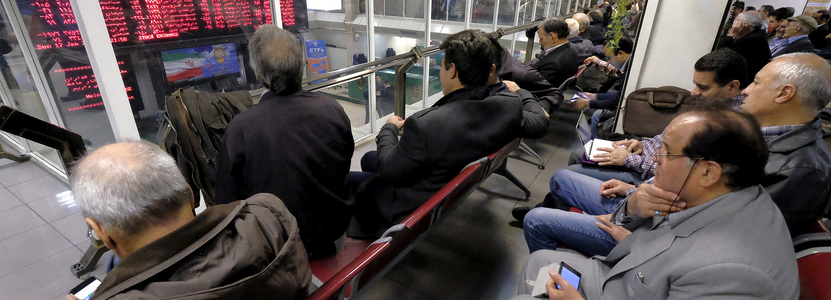
The Tehran Stock Exchange (TSE) has hit astonishingly new highs in past months, netting a return of above 15% in the week ending Sept. 26 alone — the highest weekly rise in its over half a century of existence. Since the start of the Iranian year on March 21, the TSE index has risen almost 90%, while its average volume of transactions has jumped by more than 400%compared to the same period in the previous Iranian year.
The stock market boom has been mostly due to the record devaluation of the national currency. Indeed, the weakening of the rial has tremendously impacted the revenues of commodity exporting firms, which constitute approximately three-quarters of the TSE market capitalization. The entry of fresh and massive liquidity, the relative positive outlook for global commodity markets, solid quarterly earnings reports and, finally, securities transaction tax cuts are among the reasons behind the continuing TSE benchmark growth.
But for the stock exchange market to see more investment inflow, certain pre-conditions must be met. Failure to fulfill them will set the stage for a dramatic sell-off, despite the dramatic hike.
The limited depth and breadth of the Iranian capital market has long been deemed a major stumbling block to the market’s development. The absence of ample initial public offerings, shrinking free float percentages of listed companies and lower quantity of firms raising capital are major shortcomings of Iran’s capital market, not to mention the technical and trading regulations restrictions. As such, the odds are that amateur investors might get misguided by speculative traders in the stock market and end up losing their capital.
Studies show that the floating stock of companies in the TSE is just over 15%. This is while this figure exceeds 80% in developed markets. Consequently, if TSE-listed firms are pushed to lift up this meager percentage of their outstanding shares to an average of, for instance, 25% in the short term, new liquidity will easily be absorbed into the real economy. This level of liquidity is not only beneficial for the Iranian economy, but it could also prevent the stock price bubble that is just around the corner with current stock valuations.

